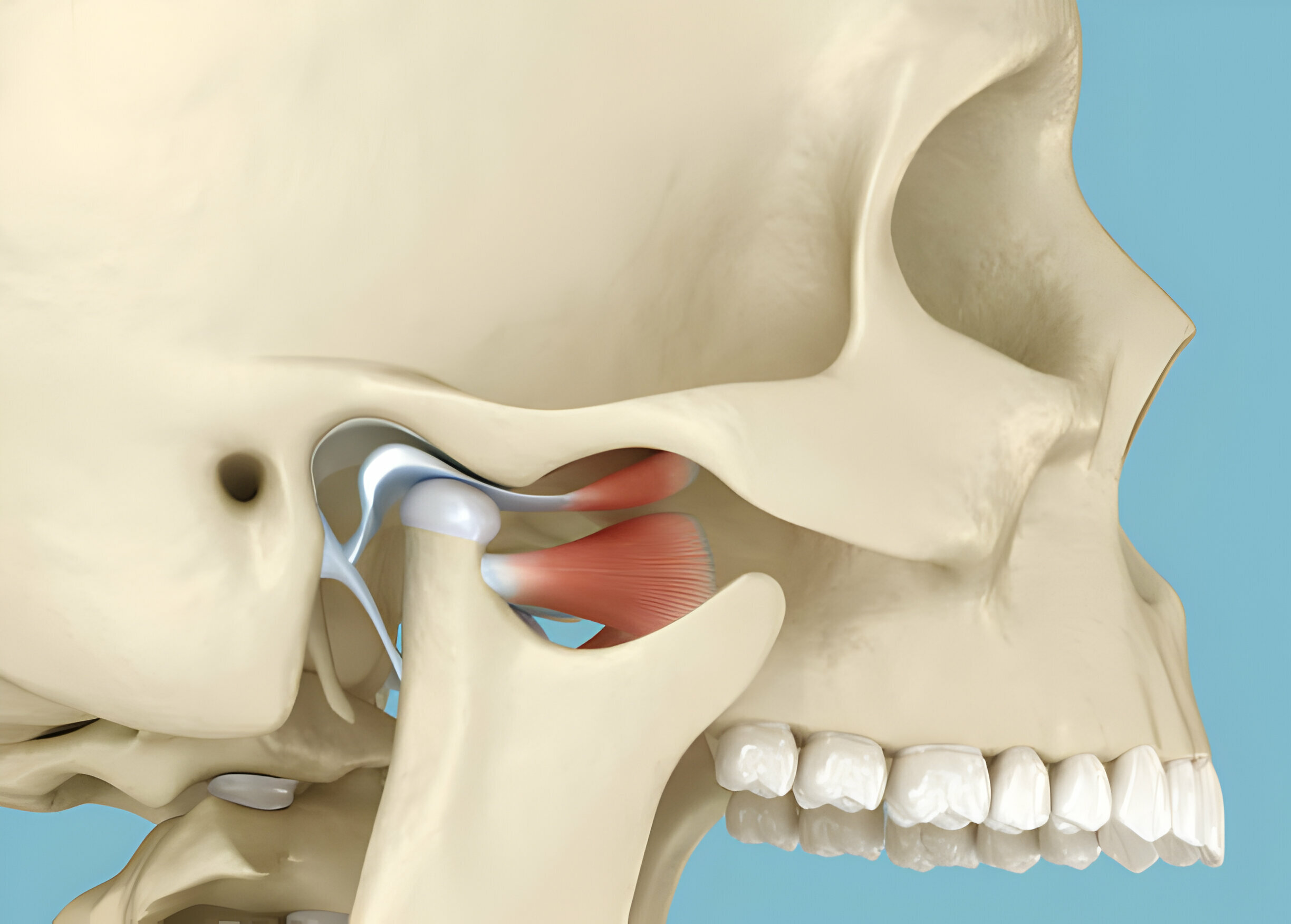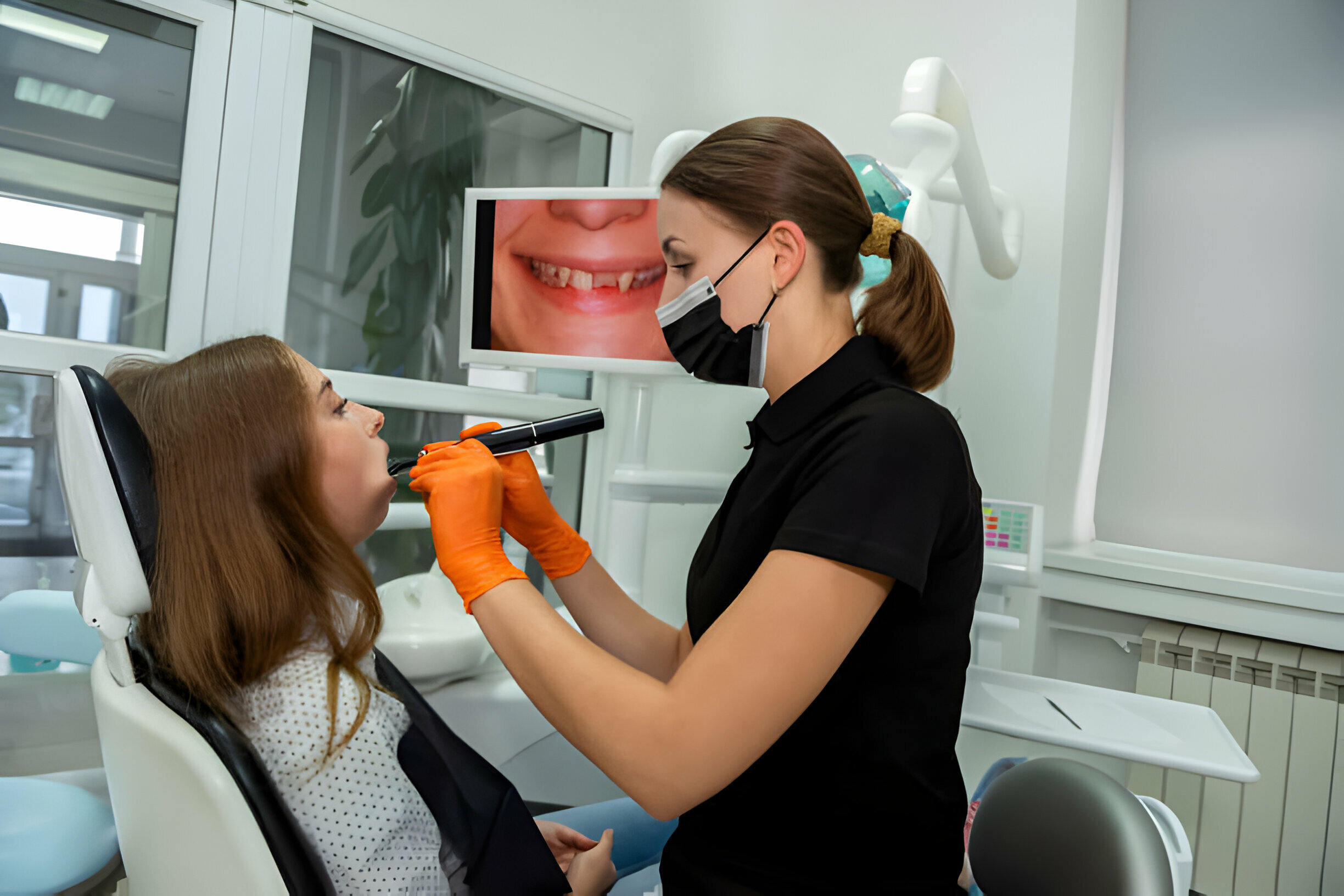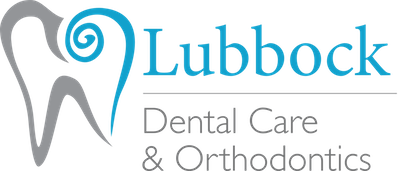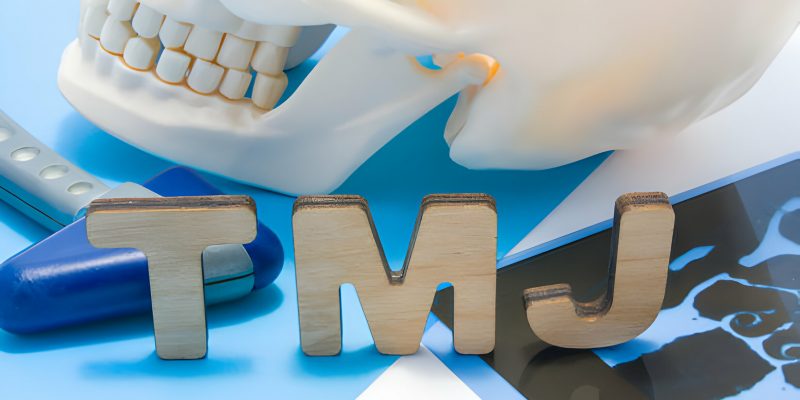Summary:
Do you often experience a sharp pain in your jaw while eating, talking, or sleeping?
If yes, it’s time you visited your nearest dentist for a TMJ treatment.
Although it’s common, most individuals have no idea about what TMJ or Temporomandibular Joint is, resulting in only 50-60% seeking treatment.
The TMJ is a crucial joint that connects your lower jaw (mandible) to your skull. When left untreated, a TMJ can grow to cause:
- Tenderness at the joint
- Difficulty moving the joint
- Facial pain

Therefore, in this blog, we take a closer look at how you can navigate through the oral condition via topics like:
- What is TMJ Disorder – The Problem in Detail
- Common Symptoms of TMJ
- Surgical Options for TMJ
Continue reading as we learn more about the treatment in the following options.
What is TMJ Disorder – The Problem in Detail
The temporomandibular joint (TMJ) is a hinge between your jaw and the temporal bones of your skull in front of each ear. It allows you to move your jaw up and down and side to side to talk, chew, and yawn.
Temporomandibular disorders (TMDs) affect your jaw and the muscles that govern it. Your doctor may also refer to them as TMJ disorders or dysfunctions. While the ailment is commonly referred to as TMJ, this is only the name of the joint.
What Causes TMJ Disorder
While there’s no apparent cause for TMJ disorders, dentists believe symptoms arise from problems with the jaw muscles or joints.
TMDs can be caused by injuries to your jaw, joint, or head and neck muscles, such as a strong impact or whiplash. Other factors are:
- Grinding or clenching your teeth causes a lot of joint strain.
- Motion of the disc or soft cushion between the ball and socket of the joint
- Stress might make you tense your face and jaw muscles and clench your teeth.
According to research, TMDs are not caused by a faulty bite or orthodontic treatment. Women and persons assigned female at birth had twice the risk of developing TMDs as males and those designated male at birth. However, there’s still ongoing research on how to investigate the role of variances in TMJ structure.
Common Symptoms of TMJ
Pain
One of the most prominent signs of TMJ disease is discomfort while moving the jaw. Other symptoms of a TMJ condition include headaches or migraines, neck discomfort or backaches, and earaches or pain that extends to the cheekbones.
If the discomfort is not near the jaw, a doctor usually seeks additional symptoms before diagnosing TMJ dysfunction.
Sounds
Next, we have typical but usually painless symptoms, such as sound. It includes peculiar clicking, popping, or even grinding sounds that might occur during eating, talking, or even mouth opening.
Unusual noise when moving your jaw isn’t an indicator of TMJ problems. In reality, jaw sounds are somewhat prevalent. Medical counsel may be required only if the noises are accompanied by discomfort or limited jaw mobility.
In addition to earaches, ringing, buzzing, or numbness in the ears can occur, and these symptoms may be connected with TMJ issues.

Restricted Movement
Limited mobility that stops the mouth from completely opening or the jaw from moving in specific directions can cause significant discomfort in daily life.
Treatment Options for TMJ
When it comes to it, there are a variety of options for TMJ treatments in Lubbock, Texas, namely:
Self-care & Lifestyle Changes
TMJ issues can often be properly treated at home. Self-care and lifestyle adjustments may be sufficient to alleviate mild to severe symptoms.
The recommended self-care therapies may include limiting jaw mobility. You may also have to consider:
- Eating only soft foods
- Avoid chewing gum
- Avoid clenching or tensing your jaw.
Your dentist may also advise gentle activities, such as gradually extending the jaw and rubbing the afflicted muscles surrounding the jaw. Or, you may be required to undergo a mix of rest, and mild exercise may be prescribed.
What’s more? Your healthcare practitioner may advise you on the best exercises and other lifestyle adjustments that may alleviate TMJ symptoms.
Treating Existing Conditions
Based on the severity of your condition, your dentist may use a steroid injection on your joint to relieve pain and swelling.
Steroid injections are best used to address TMJ issues caused by degenerative illnesses like osteoarthritis. The steroid, injected directly into the joint, helps reduce swelling, discomfort, and other symptoms. In many situations, discomfort subsides within a week.
In certain circumstances, an injection may permanently relieve the symptoms of TMJ issues, while in others, it may only provide a temporary solution.
Additionally, there are other more specialized treatment options for TMJ issues caused by pre-existing diseases. For example, if the TMJ condition is caused by teeth grinding or clenching while sleeping, a mouth guard may alleviate symptoms. A dentist can supply one if necessary.
What’s more? You can also opt for over-the-counter pain relievers to feel better in the short run.
Surgical Options for TMJ
In more extreme cases of TMJ disorder, surgery may be the most efficient treatment for pain and restricted movement.
Here are the two surgical options available for TMJ treatment:
-
Arthrocentesis:
Dentists generally prefer Arthrocentesis if you have no significant history of TMJ dysfunction, yet your jaws are locked. It is a minor operation that your dentist may do in their dental in Lubbock, Texas.
They will provide general anesthetic before inserting needles into the joint and washing them out. They may use a specialized instrument to remove injured tissue, loosen a disc caught in the joint, or unstick it entirely.

-
Arthroscopy:
Next, we have Arthroscopy, a surgery done with an arthroscope. This unique instrument has a light and a lens, giving your doctor a view of your joint. After administering a general anesthetic, the physician will make a tiny incision before your ear and implant the instrument.
A video screen will be connected to your joint so medical professionals can inspect it and its surroundings. They could straighten the disc or joint or remove inflammatory tissue. Compared to a large operation, this kind of surgery, known as minimally invasive, offers fewer side effects, a smaller scar, and a quicker recovery period.
In severe cases of TMJ issues, when jaw mobility is severely restricted, and symptoms persist, the joint may need to be replaced. However, this therapy is seldom required.
Individuals should always seek expert medical advice before treatment, mainly if it entails self-care and simple lifestyle adjustments.
Takeaway
- The TMJ is a crucial joint that connects your lower jaw (mandible) to your skull.
- Steroid injections are best used to address TMJ issues caused by degenerative illnesses like osteoarthritis.
- In more extreme cases of TMJ disorder, surgery may be the most efficient treatment for pain and restricted movement.
- If the jaw mobility is severely restricted and symptoms persist, the joint may need to be replaced.
- Are you still confused about the many possibilities of TMJ treatments? Visit Lubbock Dental Care’s experts to learn more.

